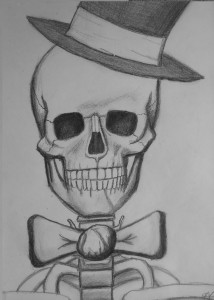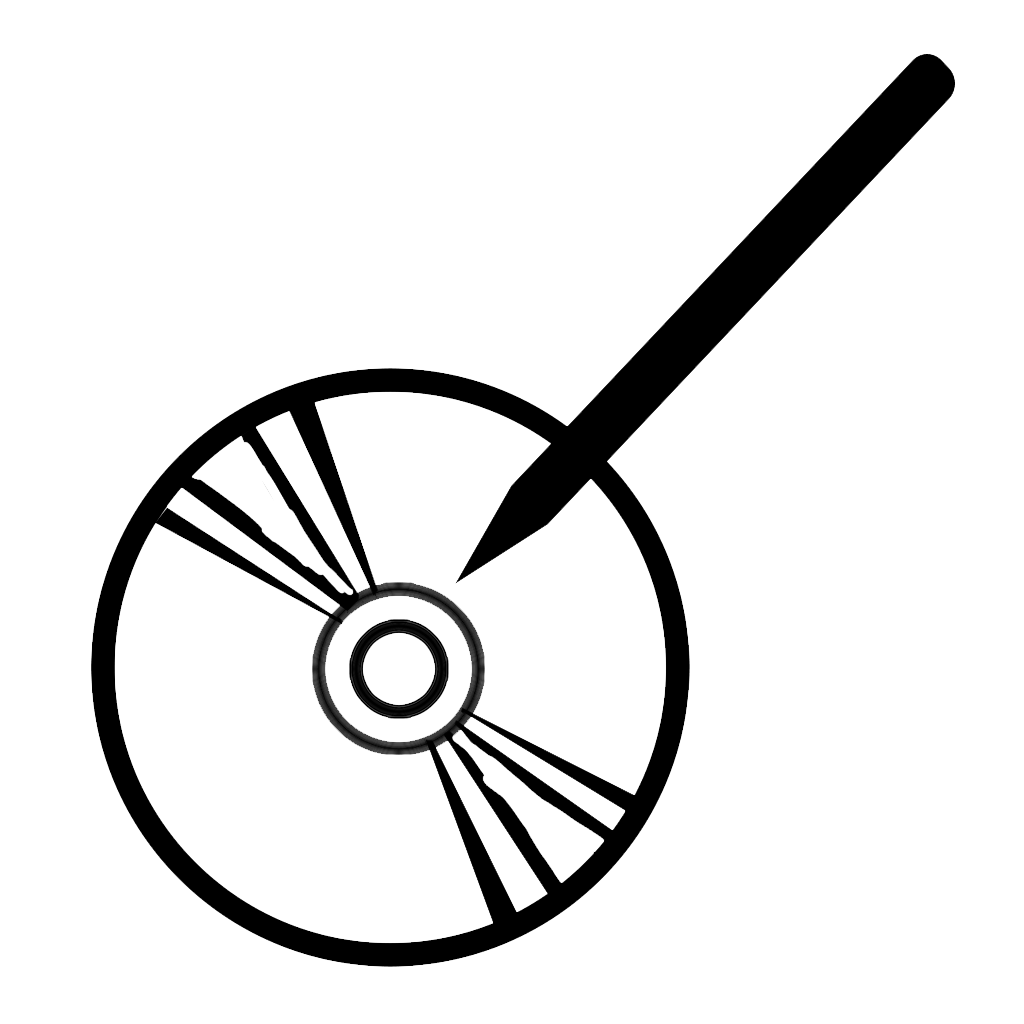Haven’t updated this page lately, I’ve been busy.
Tag Archives: computer
Traditional Animation in a 3D Game: How and Why
As anyone who has read my posts so far would know, I am working on a hand-drawn 3D game, the first of its kind. You may be curious on how such a endevaor was started, so I give a post here to explain that. Otherwise, feel free to click here to check out that game project in greater detail.
I love animation. All types of it. It makes me wonder why we use live-action footage at all for filmmaking, as it feels cheap in comparison. Animation requires a true artist to create everything entirely from scratch (not that I’m trying to put down live-action directors, the two mediums just involve different artisitc qualities). Taking the time to make something come to life, frame by frame by frame… I can’t help but admire the hard work that goes into it.
I love games in a similar manner. Here, not only is something coming to life in front of you, but you as a player are in control of that life. It’s hugely rewarding. Being a fan of animation, I eventually noticed that hand-drawn, traditional animation wasn’t being used as much anymore in the mid 2000’s for film; instead we got several computer-animated films each year, most of which were either bad or very forgettable at the time. If for no other reason, the excess of computer animation made the medium as a whole not worth what it used to be.
And so, I wondered… was there a way to make games with traditional animation? Of course, 2D games do this already, and do it especially well now, but what about 3D games? Sure, 3D graphics and models have made their way in 2D games (usually to great effect), but why not the other way around? At the very least, why haven’t we come up with a way to make computer animation mimic traditional animation to acheive this effect?
What’s Wrong With The Gaming Industry?
Yes, the games industry is in a bit of a rut.
“But Jasper,” you say, “we’re in the midst of a next-gen revolution! Shiny new consoles are being released that are 10-times as powerful as what we were using before! Some of the best games of the generation were released in the last year! Surely these are great times for the games industry, right?”
First off, don’t call me “Surely.” Second, yes the games we’ve gotten in the last few years have been fantastic. If you time-traveled back about a decade ago and showed them “Skyrim” or “Grand Theft Auto V,” they’d wet their pants. But remember that for every good game like these, there are several mediocre ones that somehow get on store shelves, but even those titles are slightly better in quality. And all of these games seem vaguely similar, despite being of different genres. I guess I’m saying after years of gaming, I just don’t feel excited like I used to.
What’s Wrong With The Animation Industry?
Yes, the animation industry is in a bit of a rut.
First off, let’s cover the basics. Animation is typically divided into three categories in film: traditional/cel-animation, computer assisted animation, and stop-motion animation.
Traditional animation is like those old Disney movies you remember. “Snow White,” “The Lion King,” “The Little Mermaid,” “The Beauty and the Beast”, etc. These were hand-drawn: every frame (as many as 24 per second) had to be hand-made by a team of artists one by one.
Computer assisted animation is typically thought of as 3D animation, although 2D flash also counts (but I’m not counting traditional animation fixed in Photoshop or Post-Processing, as those still require an artist to create every frame). Here, animators don’t have to draw every single frame. Instead, animators draw keyframes as they normally would, but instead of an in-between artist finishing up extra frames for smoother animation, the computer automatically fills in the gaps for an ultra smooth clip. Animators can also use tools to fiddle with 3D models, and typically spend more time adding details and improving visuals. Therefore, it’s actually the easiest and cheapest of the three animation styles, despite the amount of knowledge and experience needed to use the computer software correctly, and that extra time can be afforded to making higher-quality work.
Scary Halloween!
During Devil’s Night, I was horrified to find my desktop computer’s hard drive was corrupted somehow, and my operating system wouldn’t load! Or restore! Or reinstall! Yikes! Not to mention, most of my work (including project files this site talks about) was on the thing!
Thankfully, after several hours of experimenting, I was able to give in and take out the hard drive, and backup the files onto another laptop. Thank goodness for external hard-drive readers, best $30 I ever spent. I didn’t get any sleep, but at least I’ll sleep well tonight… the night when hundreds of strangers will be knocking at my door asking for free candy… oh well.
To get you in the holiday spirit, here’s an old sketch that I happened to have on the barely usable hard drive. It was a simple art class assignment to sketch a human skeleton, but I looked outside the box and added a little style to make mine unique. Fitting to what Dust Scratch Games stands for, eh? Happy Halloween!

